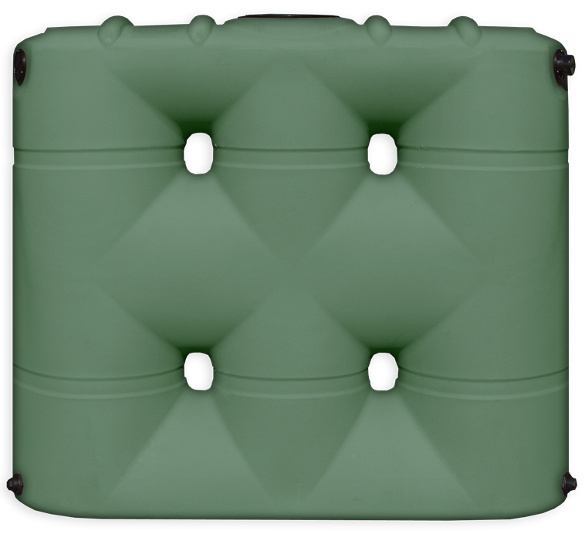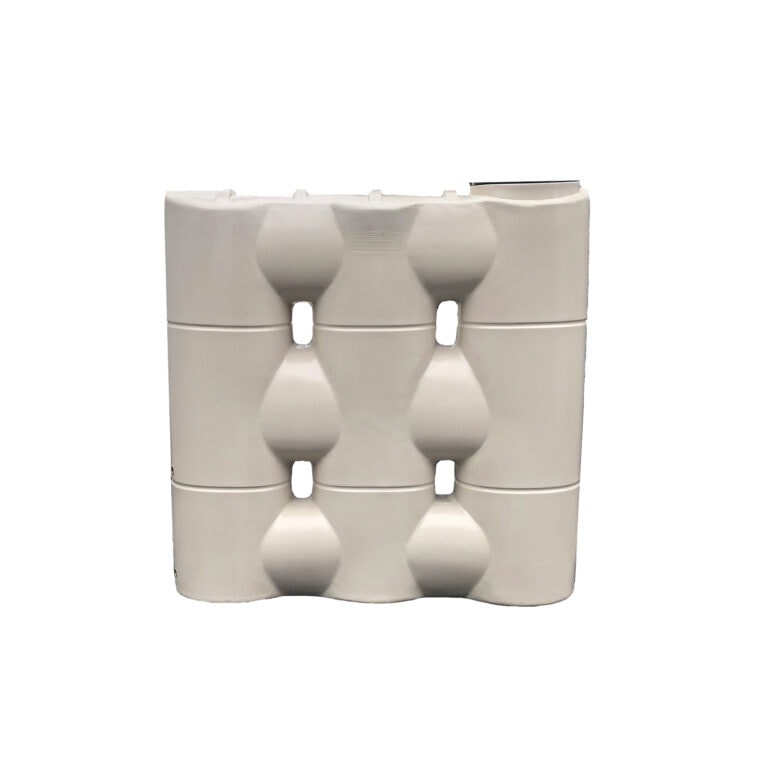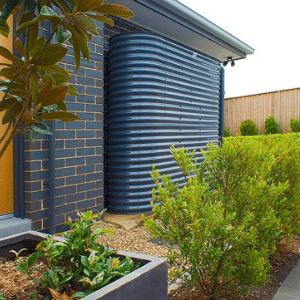Finest Slimline Water Tanks: Sturdy and Compact Water Storage Options
Finest Slimline Water Tanks: Sturdy and Compact Water Storage Options
Blog Article
Comprehending the Importance of Rain Storage Tanks in Drought-Prone Regions for Water Safety And Security
In areas susceptible to long term droughts, the role of rain containers in strengthening water protection is a topic of expanding significance. As communities face the challenges of water scarcity, comprehending the significance of these containers goes past plain collection of rain. Rainwater tanks function as a vital device in mitigating the effect of water shortages by supplying a sustainable resource of water for different demands. The true value of rain containers extends far past plain storage space; it incorporates resilience-building steps and the promo of lasting water conservation techniques. This diverse strategy to water safety and security warrants a more detailed examination of the role rainwater storage tanks play in making certain a trustworthy water supply during times of drought.
Advantages of Rain Containers
Making use of rain storage tanks uses a sustainable option for increasing water system and boosting water safety in property and industrial settings. One of the primary advantages of rain storage tanks is their capability to minimize reliance on mains water system. By catching and keeping rainwater that drops on roofs, this alternate source can be made use of for various non-potable objectives such as watering, flushing toilets, and cleaning clothing. This not only preserves cured drinking water but additionally reduces water bills for customers.

Rainwater Harvesting Methods
Rain harvesting strategies include a range of methods developed to effectively collect and store rainwater for various objectives, contributing to water preservation and sustainability. One more popular strategy is the use of above-ground or below ground storage containers to keep rain for later use.

In addition, rain yards and absorptive pavements are innovative methods that entail landscaping or paving surface areas in a manner that allows rainwater to percolate right into the ground, restoring groundwater reserves. Furthermore, shape farming and terracing are farming practices that help catch rain and prevent soil erosion in uneven surface. By applying these diverse rainwater harvesting techniques, neighborhoods can improve water security and resilience in drought-prone regions while promoting sustainable water monitoring techniques.
Significance of Water Safety
Making certain reliable access to clean and sufficient water resources is critical for sustaining human health and wellness, economic advancement, and environmental health. Water protection is an essential element of social strength, especially in regions at risk to droughts and water deficiency. Adequate water security encompasses various measurements, consisting of schedule, top quality, and access of water for residential, agricultural, industrial, and ecological demands.
Water protection plays a critical duty in advertising public health and wellness by decreasing the prevalence of waterborne diseases and making certain hygiene facilities. Economically, water protection is crucial for farming productivity, industrial operations, and total economic growth. Slimline water tanks. In addition, water safety is carefully linked to ecological sustainability, as it supports ecosystems, biodiversity, and total environmental equilibrium.
In drought-prone areas, water safety becomes also more essential because of the enhanced risk of water scarcities. Executing approaches like rainwater harvesting, water recycling, and reliable water management techniques can considerably boost water security in these areas. By focusing on water safety and security, areas can much better stand up to the influences of environment adjustment, population growth, and other difficulties view it that endanger water availability.
Enhancing Water Durability
With increasing international water challenges, developing strength in water systems has actually come to be a vital emphasis for lasting development efforts. Enhancing water durability entails executing techniques to make certain water schedule and quality in the face of altering ecological problems, such as dry spells, floodings, and air pollution.
One trick aspect of enhancing water resilience is click for more promoting the use of rainwater storage tanks in drought-prone areas - Slimline water tanks. Rain storage tanks act as a reliable methods of recording and saving rain for later usage, lowering dependence on limited freshwater sources during dry periods. By integrating rain harvesting systems right into water monitoring strategies, areas can boost their capacity to hold up against water deficiency and preserve water safety

Lasting Water Conservation
In the middle of intensifying water obstacles, the sensible management of water resources with lasting conservation practices is necessary for ensuring long-term environmental stability and societal wellness. Lasting water preservation requires the reliable use see this site water resources to meet current requirements without endangering the capacity of future generations to fulfill their very own needs. By implementing strategies such as rainwater harvesting, greywater recycling, and water-efficient technologies, communities can reduce water wastage and reduce pressure on freshwater sources.
Additionally, sustainable water conservation practices contribute to ecosystem health by maintaining adequate water degrees in rivers, lakes, and marshes, sustaining biodiversity, and protecting natural habitats. These practices additionally play a critical duty in minimizing the effects of climate modification by assisting to adapt to changing rainfall patterns and water accessibility.

Final Thought
Finally, rainwater containers play an essential function in boosting water security and resilience in drought-prone regions. By making use of rain harvesting techniques, communities can minimize their dependence on typical water sources and promote sustainable water conservation methods. This not just aids mitigate the effects of water shortage throughout dry spells yet additionally adds to long-term water safety and security and durability when faced with environment modification obstacles.
Report this page